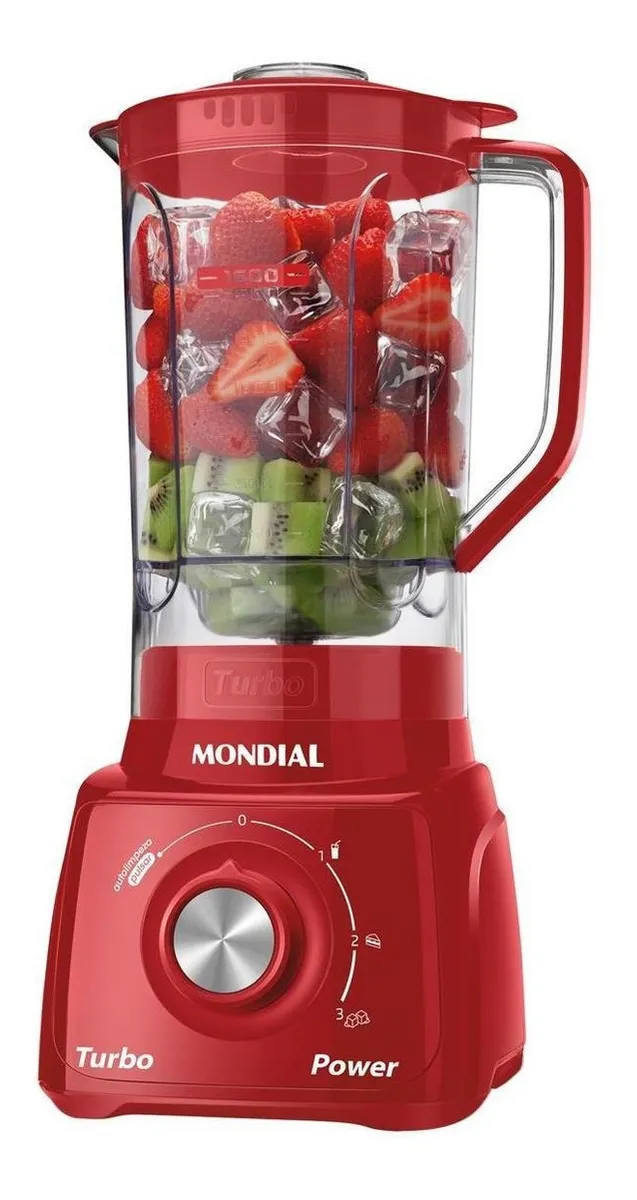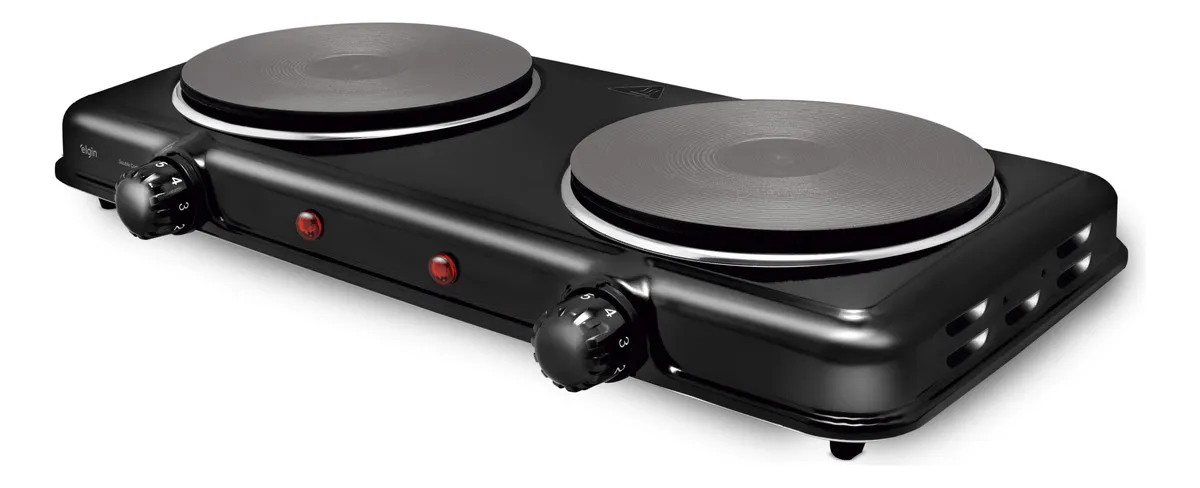How Long Does Beans Last in the Refrigerator? Complete Guide to Preserve and Enjoy!
Beans, a food so present on Brazilian tables, is synonymous with flavor, tradition, and practicality. Preparing a generous pot of beans is a great way to ensure delicious meals throughout the week. But to make the most of this beloved dish, it is essential to know how to store it properly and how long it stays fresh and safe to eat. This complete guide will teach you everything about storing beans in the refrigerator and freezer, as well as valuable tips to keep your beans’ flavor and quality for much longer.
The Pleasure of Fresh Beans: Shelf Life and Safety
Nothing compares to the taste of fresh beans, with that thick broth and irresistible seasoning. But, over the days, even in the fridge, beans can undergo changes in texture, flavor, and most importantly, safety. Knowing how long beans can be stored in the refrigerator is crucial to avoid waste and, more importantly, to protect your health.
In general, cooked beans, when stored properly in a closed container and at the right temperature, last from 3 to 5 days in the refrigerator. This period is considered safe for consumption, provided that all hygiene and storage precautions are strictly followed. Exceeding this limit considerably increases the risk of bacterial growth, which can cause food poisoning.
Be careful! Some ingredients, such as garlic, onion, meats, and sausage, can accelerate the deterioration process of beans, reducing their storage time in the refrigerator. In these cases, it is recommended to consume the beans within 3 days.

Storing Beans in the Refrigerator: Step-by-Step for Success
Storing beans in the refrigerator correctly is key to preserving their flavor and ensuring safety for longer. Follow these simple but very effective tips:
1. Cool Quickly: The Secret to Preservation
Forget the idea of leaving beans to cool at room temperature for hours! Rapid cooling is essential to prevent bacterial growth. As soon as the beans finish cooking, transfer them to shallow containers or divide them into smaller portions to speed up the cooling process. The maximum recommended time at room temperature is 2 hours.
2. Airtight Containers: Protection Against Contamination
Contact with air is one of the main enemies of food preservation. To protect your beans from contamination and maintain their texture and flavor, use airtight containers with well-sealing lids. This simple measure makes all the difference when preserving the quality of your beans.
3. Ideal Temperature: Maintaining Freshness
The temperature of your refrigerator also plays a fundamental role in preserving beans. Make sure the temperature is set to 4°C or lower. Avoid placing hot beans directly into the fridge, as this can cause thermal shock, compromising the beans’ texture and affecting the refrigerator’s internal temperature, which can harm other foods.
4. Smart Labeling: Organization and Control
To facilitate monitoring and avoid consuming expired beans, adopt the habit of labeling containers with the preparation date and expiration date (3 to 5 days after cooking). This simple practice helps keep your fridge organized and ensures you always consume fresh and safe foods.
Freezing Beans: Extending the Enjoyment
Want to have fresh beans available for even longer? Freezing is the ideal solution! Properly frozen, beans can last up to 3 months while maintaining their nutritional properties, flavor, and texture.
Step-by-Step to Freeze Beans:
- Complete Cooling: Before freezing, make sure the beans are completely cooled. This avoids the formation of ice crystals, which can alter the texture after thawing.
- Smart Portioning: Divide the beans into individual portions or quantities suitable for consumption, making thawing easier and avoiding waste.
- Appropriate Packaging: Use freezer bags meant for food or airtight containers suitable for freezing. Remove as much air as possible from the packaging to prevent freezer burn.
- Essential Labeling: Label the packages with the preparation date and expiration date (3 months after cooking). This makes organizing your freezer easier and ensures you consume the beans within the safe period.
- Fast Freezing: Freeze the beans as quickly as possible to preserve their quality. Use your freezer’s fast-freeze function if available.
Thawing Beans: Methods for Every Need
There are two main ways to thaw beans, each with its advantages:
- Slow Thawing in the Refrigerator: This method better preserves the texture of the beans. Remove the beans from the freezer one day before consumption and let them thaw in the refrigerator. After thawing, heat the beans normally before serving.
- Quick Thawing in the Microwave or on the Stove: If you need the beans quickly, take them from the freezer and place them directly in the microwave or on the stove to heat. Adjust the heating time according to the amount of beans. Stir occasionally to ensure even heating.
Recommended Products
- 9-Piece Teflon Cookware Set: Ideal for preparing large quantities of beans and other delicious recipes.
- 1.8 Liter Glass Jar with Lid: Perfect for storing cooked beans in the refrigerator, keeping freshness and flavor longer.
- Knife Sharpener with Suction Cup: To keep your knives always sharp, making ingredient preparation for your beans easier.
Conclusion: Enjoying Beans with Safety and Convenience
With this complete guide, you have learned everything you need to know to store your beans in the refrigerator and freezer, ensuring tasty and safe meals throughout the week. Remember the tips on quick cooling, storing in airtight containers, temperature control, and smart labeling. And to extend the pleasure of good beans even more, take advantage of the convenience of freezing! Now just put these tips into practice and enjoy your fresh beans whenever you want!
Image Source: alegrafoods







